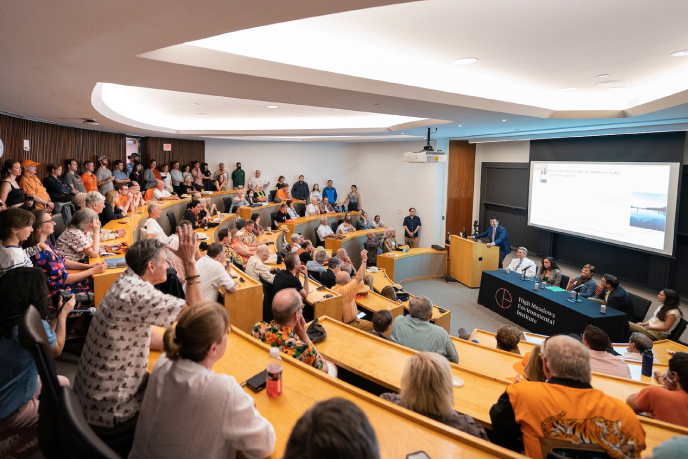Alyssa Ritchie ’25


Chemistry
Design of Light-activated Catalysts for Wastewater Contaminant Degradation
Certificate(s): Applications of Computing
Metal-organic frameworks (MOFs) have been the subject of much research in recent years due to their many applications and tunability. One subset of water-stable MOFs, the zirconium-based UiO series, has shown promise in the photocatalytic degradation of methylene blue when used in combination with hydrogen peroxide. Methylene blue is a dye used in many industrial applications and can be used as a probe for removing other dyes from wastewater. Allowing dyes to be released into the environment can harm aquatic ecosystems. While some methods currently can remove methylene blue from wastewater, using MOFs could allow the dye to be recovered and reused, presenting a cost-effective and eco-friendly alternative to current approaches. Over 8 weeks, I ran reactions testing methylene blue degradation under various conditions. I gained knowledge in using many different instruments, laboratory techniques and the overall research process. I look forward to continuing to learn about environmental chemistry and metal-organic frameworks.
* This internship is connected to the HMEI Water and the Environment Grand Challenges project, “Design of Light-activated Catalysts for Wastewater Contaminant Degradation.”
2023
Water and the Environment
Sarazen Research Group, Department of Chemical and Biological Engineering, Princeton University - Princeton, New Jersey
Michele L. Sarazen, Assistant Professor of Chemical and Biological Engineering; Samuel Moore, Ph.D. candidate, Chemical and Biological Engineering



